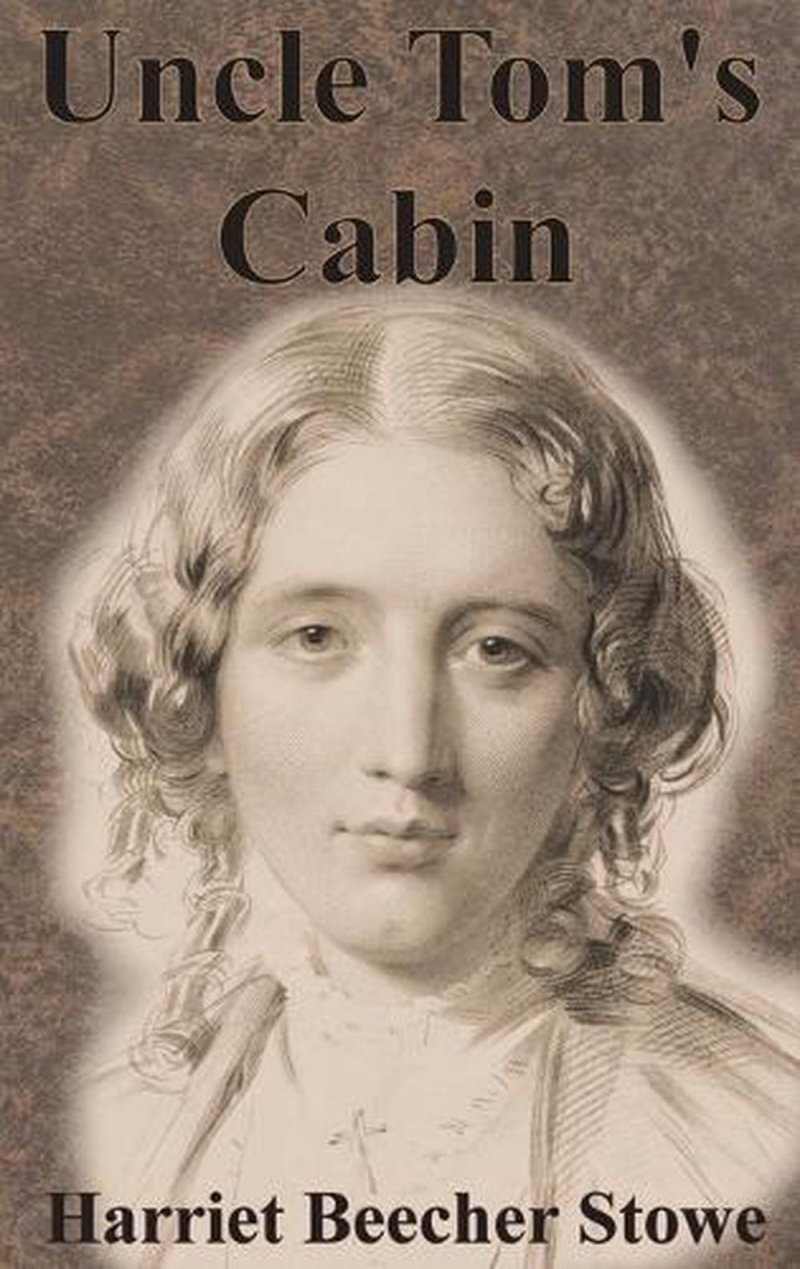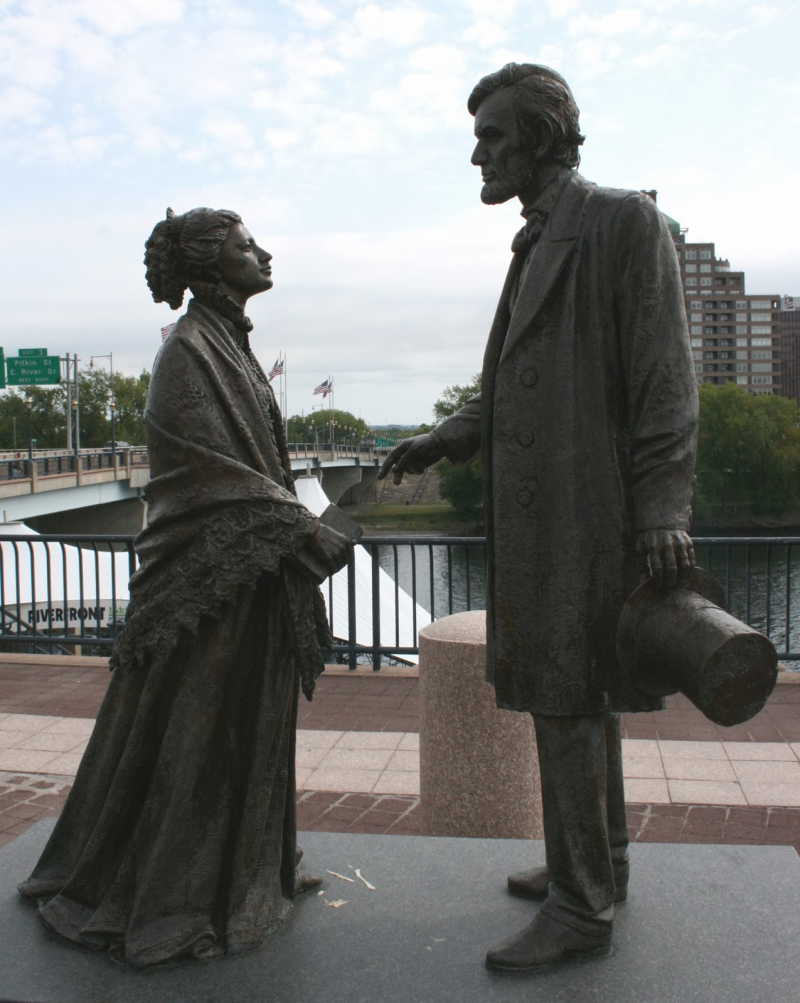The Fugitive Slave Act inspired Harriet Beecher Stowe to Write Uncle Tom's Cabin
Harriet Beecher's father relocated to Cincinnati in 1832 to take over as president of Lane Theological Seminary. The Ohio city allegedly introduced Harriet Beecher Stowe to Black freemen and former slaves, according to Joan D. Hedrick's biography Harriet Beecher Stowe: A Life. She also became a member of the Semi-Colon Club, a literary organization. When Calvin Ellis Stowe left Lane to work at Bowdoin College, she finally moved to Brunswick, Maine, where he was a professor. By that time, Stowe had written two books: Primary Geography for Children and New England Sketches, a collection of short stories. She also contributed "sketches," or little descriptive stories intended to demonstrate a political point, to journals that supported temperance and abolition.
The editor of the anti-slavery newspaper The National Era, Gamaliel Bailey, offered her $100 as a thank-you for the favorable reception to her parable The Freeman's Dream: A Parable and to urge her to keep sending articles to the paper. The campaign against slavery moved north once the Fugitive Slave Act of 1850 was passed, obliging authorities in free states to apprehend fugitive slaves. Additionally, it inspired Stowe to improve. In a letter to Bailey, Beecher Stowe stated, "I am currently employed upon a novel which will be a considerably longer one than any I have yet written, including a series of sketches which illustrate the lights and shadows of the 'patriarchal institution' [of slavery], written either from observation, incidents which have occurred in the sphere of my personal knowledge, or in the knowledge of my friends.” For material, she scoured the written accounts relayed by escaped enslaved people.









